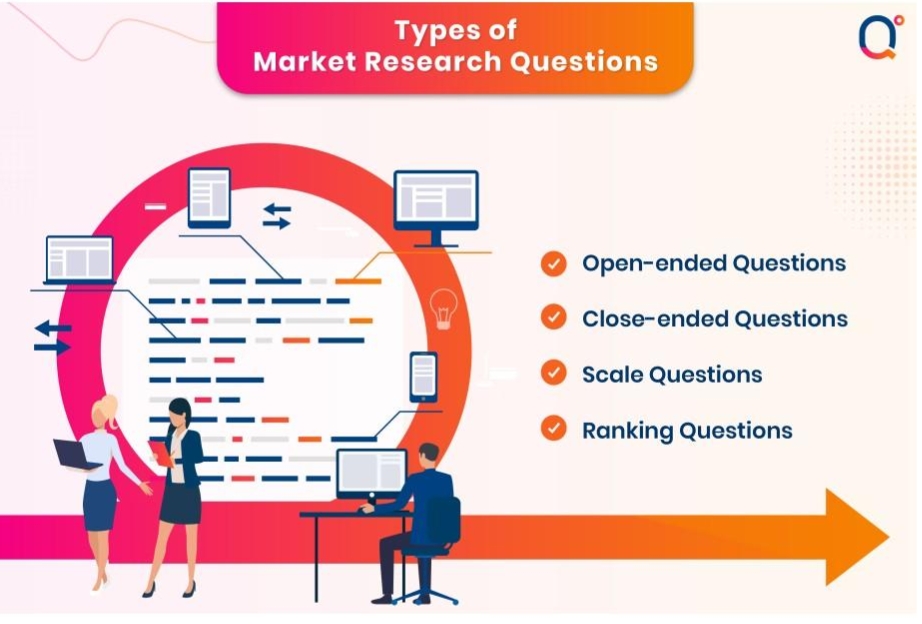
Digital transformation is not just a buzzword but also a business necessity. For small and large businesses, staying competitive means adapting to modern technologies. Moreover, it also means updating legacy systems and reimagining how they function in a digital-first world.
Famous for their sale and influence, Fortune 500 companies provide valuable insights into how to successfully handle digital transformation projects. From cross-functional collaboration to leadership alignment, their failures and successes hold lessons for everyone.
What Are Fortune 500 Companies?
The term “Fortune 500” is the annual list published by Fortune magazine. It ranks the 500 largest US companies by total revenue. These businesses are the giants of industry, including Apple, Amazon, Walmart, and ExxonMobil. Being on this list means not only immense revenue but also global presence, operational complexity, and often a large workforce. As such, their digital transformation initiatives are usually high-stakes, large-scale projects with extensive reach.
Why should businesses study them? It is so because a Fortune 500 company can successfully modernize and advance its operations. It is despite the global challenges, legacy infrastructure, and bureaucratic layers. There are a lot of things that smaller companies can learn from their approach.
Why Digital Transformation Is Important for Projects?
Digital transformation includes integrating digital technologies into different areas of a business. This is not only about technology upgrades but also about fundamentally changing how the business works. Moreover, it is also about how value is provided to customers and how internal teams innovate and collaborate.
When digital transformation is implemented in project management, it becomes a strategic enabler that is beyond just tools. It also reshapes processes and mindsets. Here is why:
- Improved Efficiency: Using digital tools and automated workflows speeds up execution. These may include agile boards, cloud-based documentation, or project dashboards. Through these tools, businesses minimize manual errors and free teams to prioritize high-value tasks.
- Better Decision-Making: Real-time data and analytics allow managers to make smarter, faster decisions. They provide clear visibility into risks, performance, and progress.
- Customer-Centricity: Digital transformation aligns projects with growing customer demands. It creates a feedback loop that consistently improves service or product delivery. Hence, it helps businesses stay competitive.
- Scalability and Agility: Businesses can adapt faster to market changes, reduce time-to-market innovations, and scale projects efficiently through digital transformation. These aspects are an essential edge for a fast-moving industry.
- Stronger Collaboration: Collaborative tools and cloud platforms connect remote teams. They break down departmental silos and focus on shared ownership of project results.
In short, through digital transformation, project leaders are empowered to deliver smarter, faster, and more resilient results. It lays the foundation for sustained business growth.
Lessons Worth Learning from Fortune 500 Companies

Here are some of the crucial lessons from Fortune 500 companies that businesses should learn for successful projects through digital transformation.
Nike’s Digital Overhaul: Start with Strategy, Not Technology
Nike, the international sportswear leader, made headlines when it transitioned from being a product-focused business to a digitally empowered, customer-centric brand. Its transformation began with a strategy that was to invest in its direct-to-customer digital platforms and collect more data on customer behavior.
Lesson to Learn: Many businesses mistakenly start digital projects with technology first. Nike’s transformation was successful because the technology served a clear business approach. It intensified customer relationships and enhanced margins. Project managers should ensure digital tools solve real company problems, not only add complexity.
General Electric: Secure Executive Buy-In Early
General Electric launched a bold digital transformation in 2010. It created GE Digital and invested billions into becoming a top software business. However, the initiative struggled because of the unclear goals, changing leadership priorities, and lack of bond between departments.
Lesson to Learn: GE’s experience is a reminder for businesses that transformation needs continuous top-down commitment. Leaders should not only fund digital initiatives but also consistently champion them. Even well-funded projects can be delayed without sustained executive alignment. Project managers must work closely with the C-suite and make sure digital change aligns with long-term company goals.
Microsoft’s Cloud Pivot: Do Not Ignore Culture and Change Management
Microsoft was becoming a fading tech giant in 2014. The CEO, Satya Nadella, focused not only on technology but also on transforming the business’s culture. He encouraged a growth mindset, transitioned the company’s focus to cloud services, and emphasized collaboration and empathy.
Lesson to Learn: Digital transformation is as much about people as it is about the platforms. The renaissance of Microsoft shows us that cultural transformation is foundational to digital success. Project managers must build in change management approaches to guide teams through the transition. They should also work on employee training, long-term vision, and clear communication.
Walmart’s Intelligent Retail Lab: Use Data But Prioritize Outcomes
Walmart built its Intelligent Retail Lab (IRL) to discover AI-powered retail. Using cameras, sensors, and analytics, they focused on improving pricing, customer experience, and stocking. But their success was not in the flashy tech; it was in solving high-impact, simple problems. These may be minimizing stockouts and enhancing shelf accuracy.
Lesson to Learn: AI and data are valuable tools. However, they are only valuable when they lead to measurable business results. Digital projects must focus on practical wins and not only experimental initiatives. Project managers should constantly tie digital outputs to real KPIs, whether it is speed, cost reduction, or customer satisfaction.
Procter & Gamble: Break Silos and Build Collaboration
Procter & Gamble’s digital transformation focused mainly on cross-functional alignment and data-driven decision-making. They invested in integrated data platforms and digital upskilling across different departments. It helped them build a culture where supply chain, marketing, and research and development teams could collaborate more fluidly.
Lesson to Learn: Digital projects usually fail when departments function in silos. P&G’s success highlights the demand for collaboration across business units. Project managers must act as facilitators and break down communication barriers to build trust among diverse stakeholders.
How to Apply These Lessons to Your Business Projects

Digital transformation may be different in every business, but the core principles that navigate success are incredibly consistent. Whether you are leading a project in an international enterprise or an evolving business, implementing lessons from Fortune 500 businesses can set your initiatives up for lasting impact.
Align Projects with Strategic Goals
Technology is only valuable when it helps business outcomes. Before you launch a digital initiative, ask “What problem are we solving?” and “How does this support our business’s broader vision?”
Projects should be rooted deep in purpose and not driven by hype. A clear strategic alignment assists in prioritizing resources and makes it easier to convey the value of the transformation to stakeholders.
Involve Senior Leadership and Get Buy-In
Te Wu, CEO of PMO Advisory & Associate Professor of Montclair State University, says, “Leadership support is important not only at the beginning but throughout the whole project lifecycle. When executives promote the transformation, it delivers a signal to the rest of the company that the change matters. Their involvement supports secure funding, eliminates roadblocks, and ensures alignment across departments.”
Foster Cross-Functional Collaboration
Digital transformation does not live in an individual department. It touches finance, IT, marketing, operations, and more. That means teams should break out of their silos. Promote collaboration from day one, include multiple perspectives in planning, and make sure everyone is performing towards a common goal.
Prioritize Change Management
Daniel Cabrera, Owner and Founder of Sell My House Fast SA TX, says, “Even your best-designed digital projects may fail without proper change management. People have a natural resistance to change, particularly when it threatens their job security or workflows. Communicate openly, offer training, and create feedback loops that give every employee a voice. Transformation must feel like something that is done with teams and not to them.”
Focus on Outcomes, Not Only Outputs
Deploying a new app or system is not just part of the journey. What matters most is the outcome, whether that is improved customer satisfaction, cost savings, or faster processes. Define success metrics early and monitor them closely. Use data to adjust and iterate as needed.
When you internalize these lessons, businesses of any size can lead digital projects with greater purpose, clarity, and resilience. It ensures the transformation is not only a one-time upgrade but also a long-term transition in how the business operates and thrives.
Conclusion
Digital transformation is not optional but essential. However, it is also complicated and filled with risks, especially at scale. Project leaders can gain valuable insights from how Fortune 500 companies approach these challenges. Moreover, they can also avoid common pitfalls.
It is important to remember that the best digital projects do not just upgrade their tools but also their thinking, processes, and people. That is what true transformation is all about.




